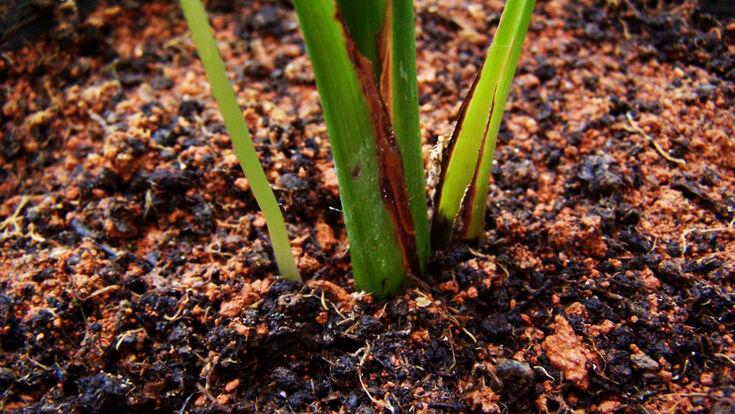Green Idea : New Waste Management Standard Will Aid in Soil and Biosolid Analysis

“PFAS contamination is of growing concern around the world,” says ASTM member William Lipps, general manager, government and regulatory business development/international standards development, Shimadzu Scientific Instruments. “ASTM’s water committee (D19) has developed two methods for PFAS in water (D7979 and D8421), but there is a need for PFAS methods in solid matrices.”
According to Lipps, municipalities have been applying biosolids to soil surfaces at various sites for years, including agricultural land, forests, mine reclamation areas, parks, and golf courses.
“Unfortunately, it may be possible that these biosolid materials contained PFAS,” says Lipps. “This new standard is a rapid, cost-effective method with known precision and accuracy that can be used by laboratories to assess PFAS contamination in these types of samples.”
This effort directly relates to the United Nations Sustainable Development Goal #12 on responsible consumption and production. According to Lipps, the test method is designed to minimize materials required for extraction, including plastic products, SPE media, and solvent usage.
Lipps notes that the standard (D8535) has been approved with a single lab study that included four soil matrices, and four biosolid matrices, each analyzed in triplicate at three different concentrations. Committee D34 plans to conduct an interlaboratory study for D8535. Interested laboratories are invited to participate.
